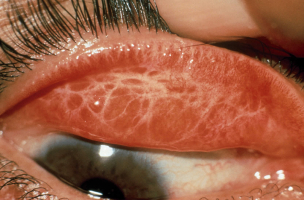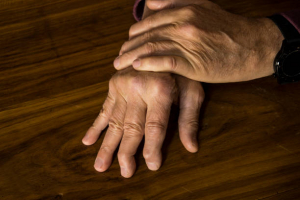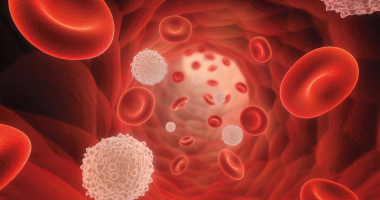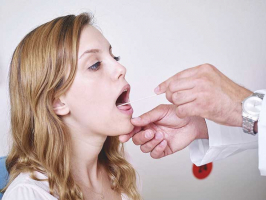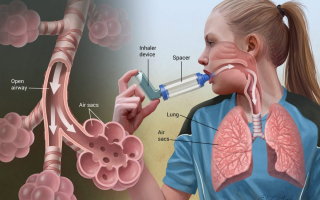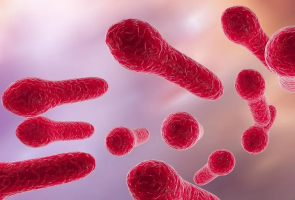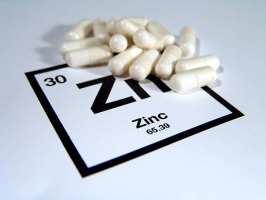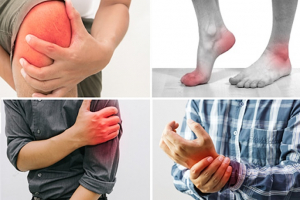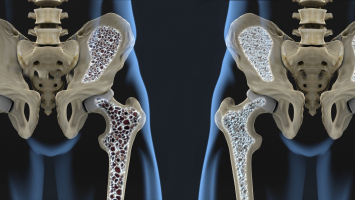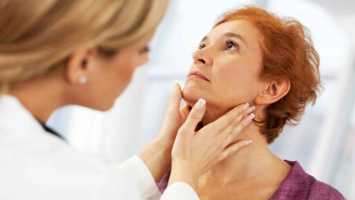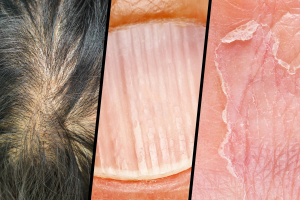Top 10 Signs and Symptoms of Type 2 Diabetes
Type 2 diabetes is a common disorder in which your body loses its capacity to utilize glucose, often known as blood sugar, in the blood. There are a variety of ... read more...symptoms that can accompany type 2 diabetes, and many of them appear early on. Frequent urination, intense thirst, and persistent hunger are the most typical early indicators of type 2 diabetes. However, there are additional signs that may alert you to the presence of this condition. Continue reading to learn about more symptoms of type 2 diabetes.
-
Frequent and/or excessive urination, often known as polyuria, indicates that your blood sugar levels are high enough to "spill" into your urine. When your kidneys are unable to keep up with the quantity of glucose, some of it leaks into your urine. This forces you to urinate frequently, especially at night.
Frequent urination is significantly linked to frequent episodes of urinary urgency, or the urgent desire to pee. It is frequently, but not always, accompanied by urinary incontinence and polyuria (large total volume of urine). In some circumstances, however, urinary frequency entails merely normal quantities of pee overall. Another typical early sign of diabetes is extreme thirst. It is associated with elevated blood sugar levels and is aggravated by frequent urination. Drinking often does not quench thirst.

Frequent urination 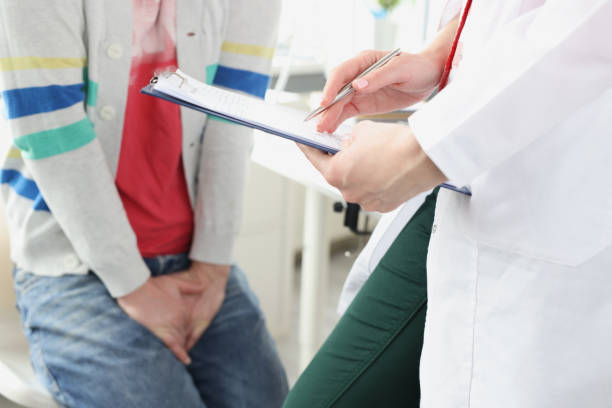
Frequent urination -
Polyphagia, or excessive hunger, is another early warning symptom of diabetes. The glucose in your blood is used by your body to nourish your cells. When this mechanism fails, your cells are unable to absorb glucose. As a result, your body is continually searching for additional food, resulting in chronic hunger.
You may have tingling or numbness in your hands, fingers, feet, and toes if you have type 2 diabetes. This is an indication of nerve damage, often known as diabetic neuropathy. This syndrome usually progresses slowly. This is more likely to occur after years of living with diabetes, although it can be the first warning for others.

Increased hunger 
Increased hunger -
Diabetes causes wounds to heal more slowly for a variety of reasons. High blood sugar levels shrink your blood vessels over time, reducing blood circulation and preventing critical nutrients and oxygen from reaching wounds. Prolonged high blood sugar levels also harm your immune system, making it more difficult for your body to fight illness.
Blurred vision is common with uncontrolled diabetes. It can be caused by unexpectedly high blood sugar levels, which disrupt the small blood vessels in the eyes, allowing fluid to leak into the lens. Usually, the blurriness will go away. Still, consult an eye doctor as soon as possible. When you have high blood sugar levels for an extended period of time, you put yourself at risk for more serious illnesses that can lead to blindness, such as diabetic retinopathy.
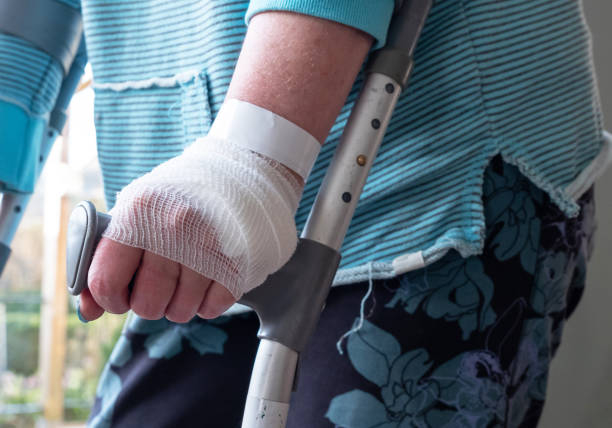
Slow healing wounds or blurred vision 
Slow healing wounds or blurred vision -
Acanthosis nigricans is a dark, velvety darkening in the folds of your skin. This is another early indicator of type 2 diabetes. The armpits, neck, and groin are the most commonly affected areas. The skin in the afflicted area thickens as well. An overabundance of insulin in the blood causes this. This is frequent among type 2 diabetics since insulin resistance is the primary cause of type 2 diabetes.
Diabetes frequently causes itchy skin, and it is sometimes one of the first signs. It can be caused by a number of diabetes-related diseases, including:
- yeast or fungal infection
- dry skin
- poor circulation, often in the lower legs
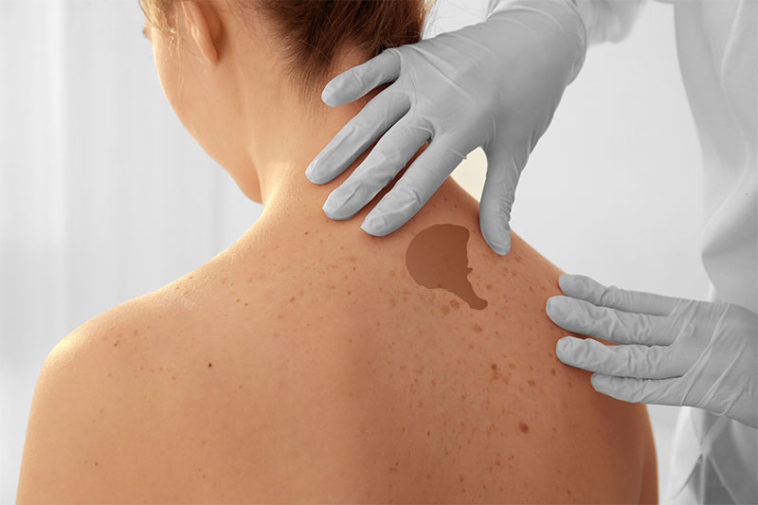
Dark skin patches 
Dark skin patches -
Anyone can have a bacterial, fungal, or yeast infection, but those with type 2 diabetes are more likely to get them. Sugar gets up in the urine when your blood sugar is too high for your kidneys to filter properly. This can result in urinary tract infections and yeast infections. Infections of the gums and skin are also prevalent. Infections caused by bacteria. These are frequently treatable at home, but you may require an antibiotic recommended by a doctor. Common bacterial infections in people with diabetes include:
- styes (in or near the eyelids)
- boils on the surface of the skin, or carbuncles deeper down
- infections of the hair follicles called folliculitis
- infections around the nails
Diabetes is the most common cause of Candida albicans fungal infection. This is a fungus that looks like yeast and creates painful red rashes surrounded by small blisters and scales. These infections are particularly common in warm, moist skin creases, such as:
- under the breasts
- around the groin
- in the vagina
- around the nails
- between fingers and toes
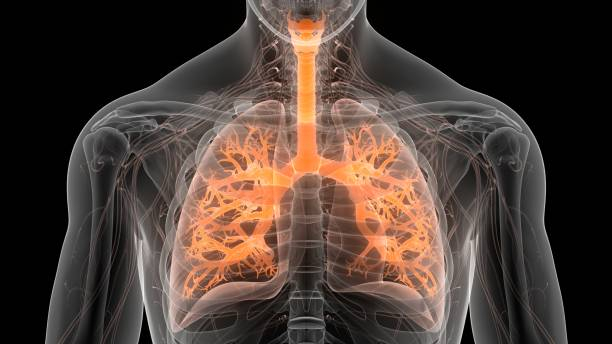
Frequent infections 
Frequent infections -
According to the National Institute of Diabetes and Digestive and Kidney Diseases, one of the most prevalent mouth symptoms of diabetes is dry mouth (NIDDKD). Doctors aren't sure why diabetes causes dry mouth or xerostomia. They believe it is caused by excessive blood sugar, often known as hyperglycemia, which is linked to diabetes.
Among the signs of dry mouth are:
- the mouth is continually dry
- trouble chewing, swallowing, or speaking
- dry, cracked lips
- sores or infections in the mouth
- rough, dry tongue
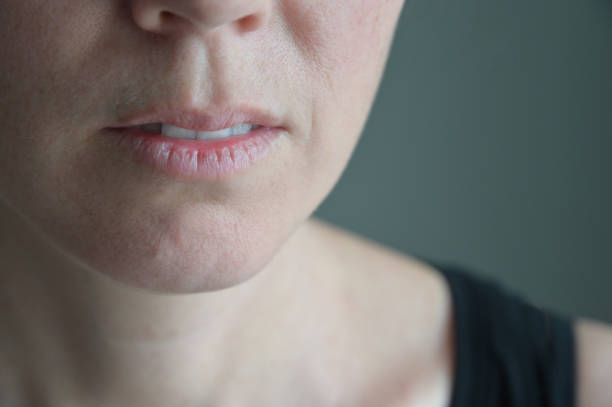
Dry mouth 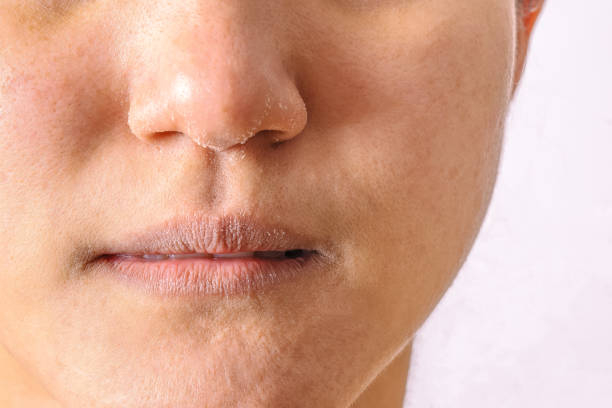
Dry mouth -
One of the defining symptoms of diabetes is extreme weariness. Diabetes fatigue syndrome is another name for it. Researchers aren't sure why it happens. Much research on fatigue and diabetes has been conducted, however, none have completely determined the causal relationship. The most commonly accepted explanation is that diabetes-related exhaustion is caused by variable blood glucose levels, which do not provide enough glucose for the body to consume for energy. The challenge of investigating the relationship between diabetes and weariness is also acknowledged by researchers.
Many co-occurring illnesses, as well as lifestyle variables, can produce weariness, such as:
- dehydration
- poor sleep quality
- lack of physical activity
- obesity
- deficient diet
- psychological issues
- hormonal imbalances

Fatigue 
Fatigue -
If you're losing weight without trying, this might be an indication of diabetes. It might also be an indication of another ailment, so consult your doctor and be examined. If you have type 2 diabetes, your body produces so much excess glucose that it leaks into your urine. This may lead you to lose weight even if you continue to eat more and more to satisfy your appetite.
Researchers discovered that persons who lose weight unintentionally before being diagnosed with diabetes are more likely to suffer diabetic problems later in life, such as diabetic retinopathy (eye disease) and diabetic nephropathy (kidney disease).
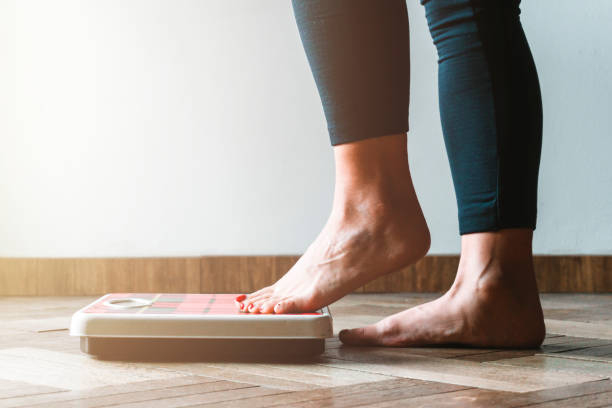
Unintended weight loss 
Unintended weight loss -
Irritability or mood swings are symptoms of type 2 diabetes. There are several additional medical issues that might induce mood swings. So, if you're suddenly grumpy, don't assume you have diabetes. Mood changes linked with type 2 diabetes frequently emerge in conjunction with other symptoms of diabetes, rather than on their own.
A growing body of research suggests a link between your moods and the seesaw fluctuations in your blood sugar that define diabetes. Blood sugar highs and lows are linked to a variety of mental health problems, including:
- irritability
- anxiety
- worry

Irritability 
Irritability -
Diabetes is a treatable disease, especially if detected early. Early detection and treatment can greatly lower the likelihood of subsequent problems. Prediabetes nearly often develops before type 2 diabetes. Your blood sugar levels are high in the prediabetes stage, but not high enough to earn a diabetes diagnosis. You may or may not have diabetic symptoms if you have prediabetes.
If you suspect or know you have prediabetes, the three primary types of diabetes testing will reveal the following blood levels:
- an A1C of 5.7 to 6.4 percent
- fasting blood sugar of 100–125 milligrams per deciliter (mg/dl)
- an OGTT 2-hour blood sugar of 140 mg/dl–199 mg/dl
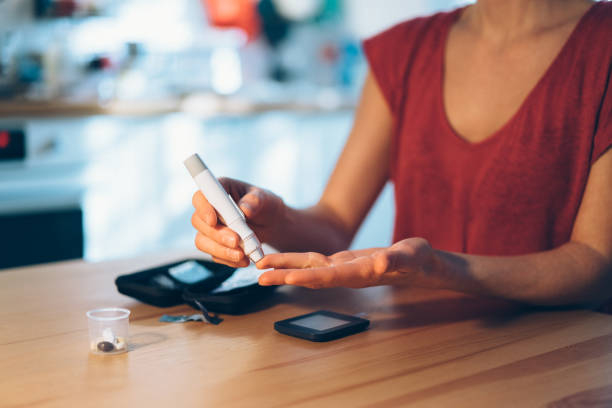
Prediabetes 
Prediabetes













